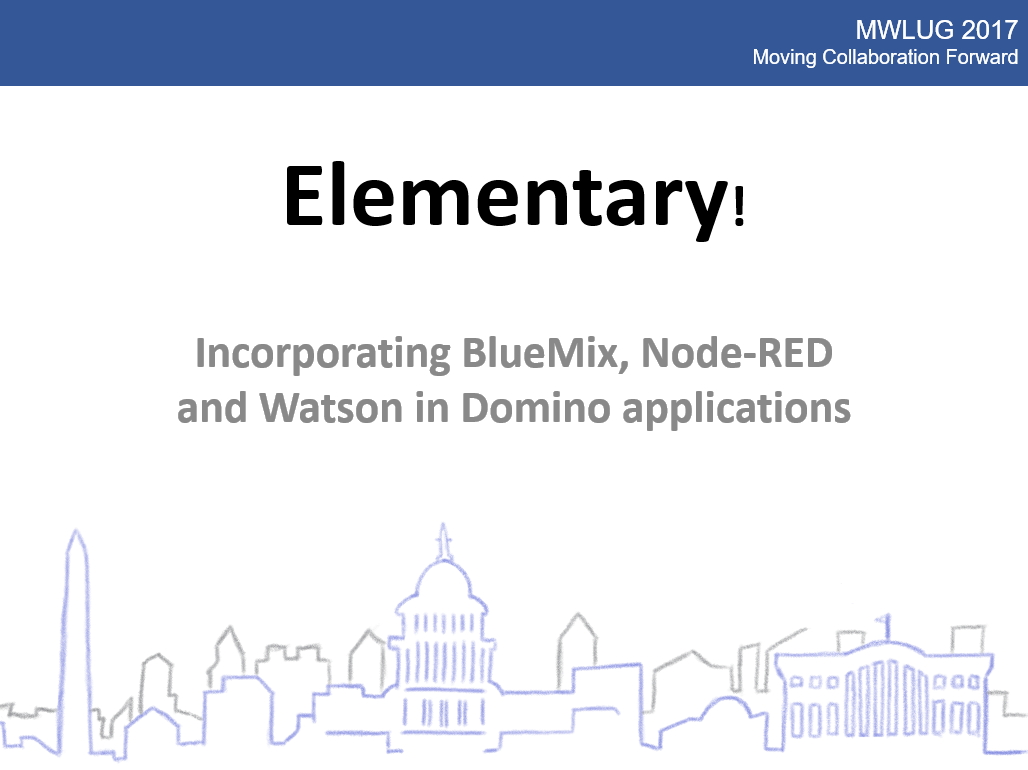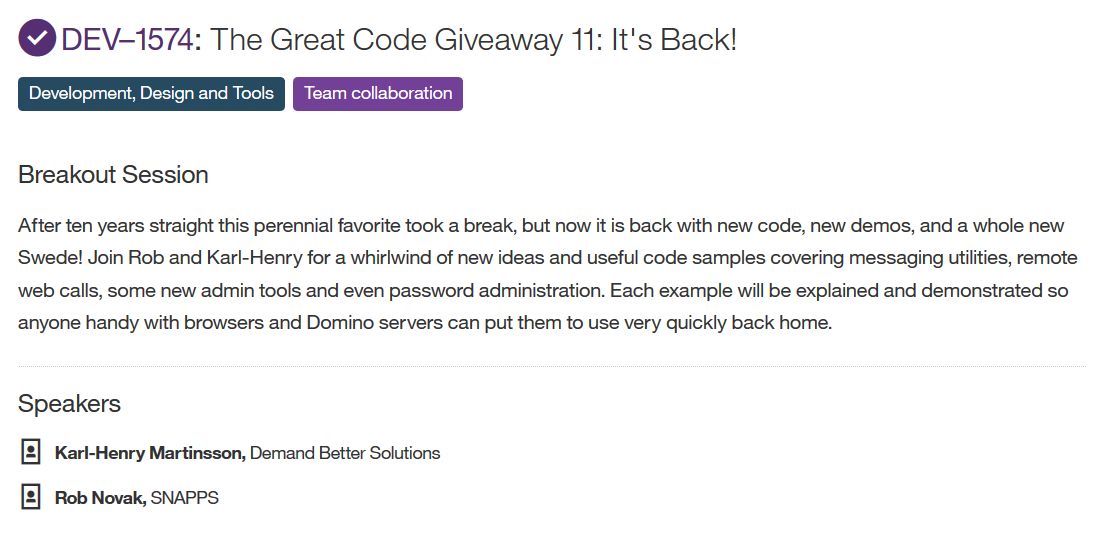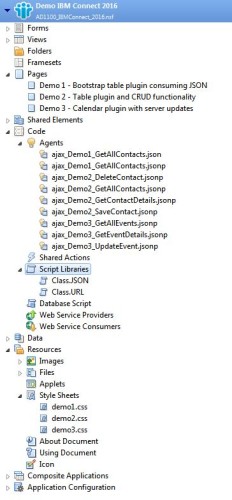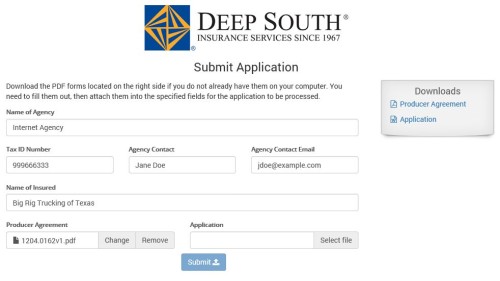It has now been a little over a month since IBM announced the new direction of IBM Notes, Domino, Verse and Sametime. I have been thinking through what I think this means for the product and the ecosystem of third-party tools and business partners. Some people view the move of development from IBM to HCL Technologies as an abandonment of the product family. But that is not how I see it.
IBM has, despite their size, limited resources to dedicate to development of the Domino family of products. They have new products and services they are trying to bring to market, and by having HCL take over the development and add more resources, this is a win both for IBM and for Notes/Domino.
With more developers dedicated to the product, I expect to see more frequent updates and new features added quicker than we have been used to the last 5-6 years. The product management and future direction of the platform is still managed by IBM, but with more non-IBM resources at their hands I hope the product managers will be able to push harder for the addition of new technology and updates, bringing Domino back to a first class development platform.
Domino was an outstanding product, but for the last 6-8 years the innovation mostly stopped. New technologies were not added at the pace they were adapted by the rest of the world, and the support for new protocols like TLS 1.2 was lagging. IBM also but on Dojo as the framework for XPages, while the rest of the world mostly went to jQuery.
But if IBM allows HCL to update some aging parts and add new functions, requested by the community, I can see this being a great platform. And IBM says they will listen to the community and the users. Starting this month, IBM is bringing the Domino 2025 Jam to four cities in North America: Toronto on 12/8, Dublin (Ohio) on 12/13, Chicago on 12/14 and Dallas on 12/15. here will also be several events in Europe as well as a virtual Jam sometime in the future.
At the Domino 2025 Jam developers and users will be able to suggest what features they find important, what needs to be fixed, and where they want to see the product go in the future. I don’t think the Jam will have a huge impact on the upcoming Domino 10 release next year, but it may help IBM prioritize where to put their effort. Where I see the Domino 2025 Jam being helpful is in the longer timeframe, especially if it is repeated every 12 to 18 months to verify that the product direction is still what the market is looking for.
I also would like to see IBM addressing at least the most requested changes on IdeaJam.
Let me describe some of the functions and features I want to see in an upcoming version of IBM Domino.
Javascript Everywhere
For the last 20+ years we have mainly been using Lotusscript, both in the client and for agents on the server. It is a powerful language, but if you have been working with other more modern languages (Lotusscript is based on Visual Basic) there are many limitations and functions you are missing.
I would like to see Javascript made into a fully supported language everywhere. Both in the client and on the server. Add support for jQuery, to make it easy to address elements, and create a Javascript API to complement the Lotusscript functions.
In addition to making it easier to create and parse JSON (used in and by most web applications today), it would open up the product to new developers who may come from a more traditional web development background.
I would love to see Lotusscript get a modernization, but I doubt that will happen. In order to improve Lotusscript, a quite lot of changes are needed. Instead I think the future improvements should be on the Javascript API side.
External API
Any modern product needs a public API so other tools and applications can integrate with it. I would like to see support in Domino for LoopBack, like IBM is doing in LiveGrid. When you create a view, there would be a matching API created to create, read, update and delete documents, as well as list all records, perform searches, etc.
But there should also be additional more specialized API:s available, perhaps the most common functions should be exposed as API calls out of the box.
Integration with External Services
Notes and Domino also needs integration with external services, e.g IBM Watson, Mongo DB or Node-RED. Why not support for IFFTT? Expose the calendar as a Google Calendar feed. But also make it easy to connect external services to Notes and Domino. Make it easy to use Oauth 2.0 to login to a Domino-hosted service and vice versa.
New Domino Designer
Unlink Domino Designer from the Notes client. Create a Eclipse plug-in (and make sure it stays updated to work with new versions of Eclipse). This will help new developers to start working with Domino, using tools they are already familiar with. The goal should be that someone familiar with Javascript should be able to open Eclipse and start writing code for Domino, and the only thing they need to learn is the Domino Object Model.
Add ready-to-use web components/plugins, so the developer can easily add for example a name-lookup into Domino Directory or a date/time selector. Support CSS frameworks like Bootstrap, and make it easy to modify the look of the applications.
Notes Client
The Notes client makes it easy to quickly build applications. You get a lot of the core functionality of the applications “for free”, like views, forms, etc. But you are also limited in how the application looks. You can change the look of views somewhat by selecting background colors, fonts and a few other attributes. On forms you can select between two different looks for some of the fields, while other fields can not be modified at all. What I would like to see is a way to easily restyle everything by using CSS. Then you can make the forms and views look much more modern. Let the developer create “themes”, a set of CSS rules and perhaps images that can be applied to new applications in seconds. These themes could be published online, for other developers to use.
These are just some of the ideas I have for improvements to Domino. What are you ideas?










